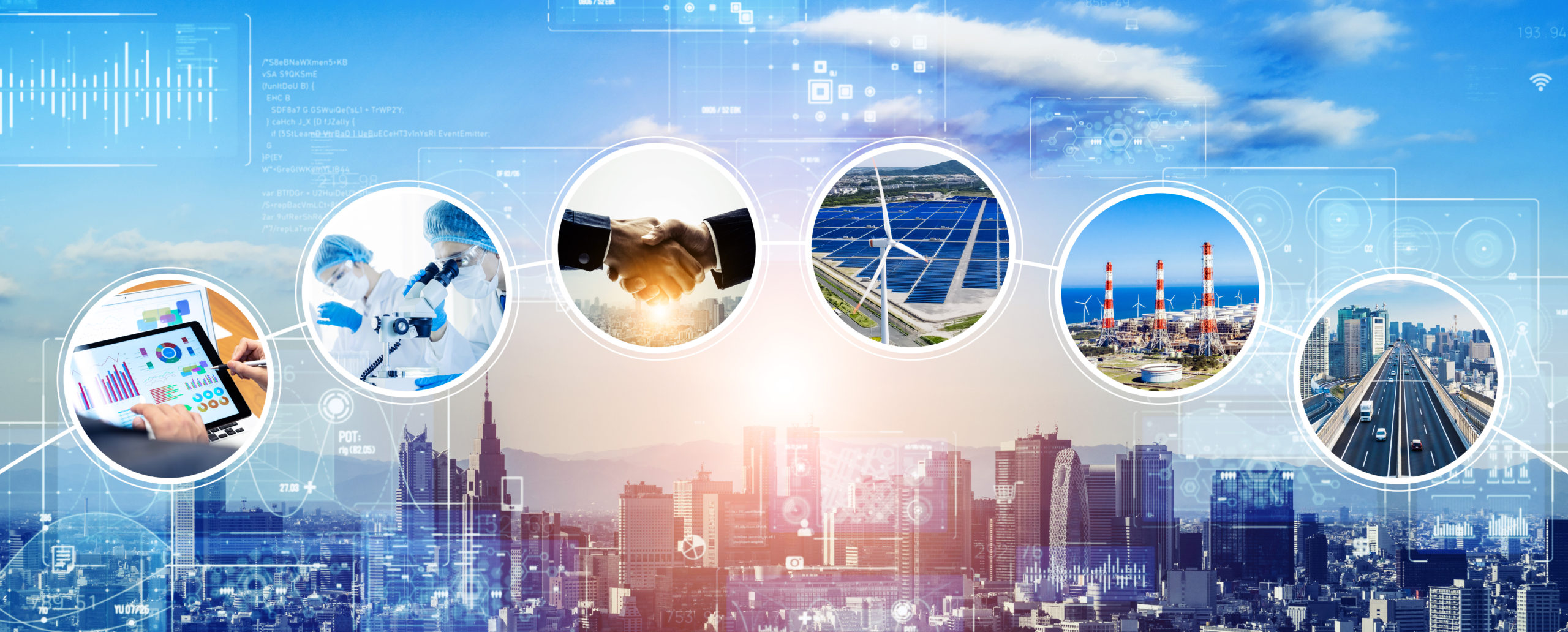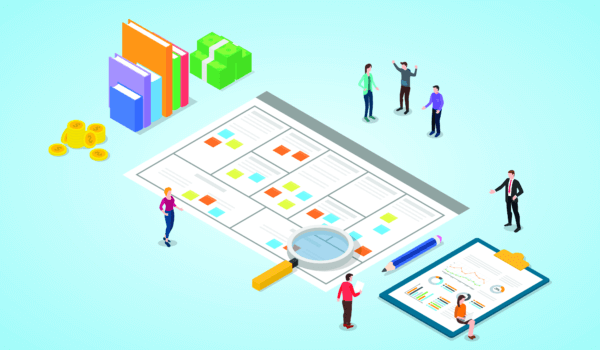The sustainable supply chain is a journey from raw materials sourcing to miles of logistics, and a complete product with the possibility of recycling, reusing, and reducing. It is about considering ethical and environmental responsibility in the supply chain.
When the COVID-19 pandemic hit the economy, businesses found how vulnerable and outdated their supply chain was. Before the pandemic, consumer behavior and climate change topics pushed supply chain managers to revise their practices. People are potential and influential stakeholders of businesses, and they are more concerned about sustainability topics than before. In the past, consumers and clients preferred fast delivery when choosing a retail channel, but now their preference is about the level of green logistics possession in these channels. A sustainable supply chain reduces cost, adds more efficiency, and lowers resource consumption to ensure adequate resources for the next generations.
The Components of Sustainable Supply Chain
In today’s world, being green, transparent, and circular in your supply chain are all significant elements that can define your sustainable supply chain channel.
Green Supply Chain considers the environment in product design, raw materials sourcing, manufacturing phase, logistics, and life cycle of the product followed by its management. Competition is always dominated in the market, and the greener the more support from the public. It is better to make a profit parallel to shifting to a greener supply chain. E-commerce and technology advancements are rising, and yet companies have the opportunity to take advantage of artificial intelligence to make operations efficient, save energy, reduce costs, and minimize waste.
The transparent supply chain is the second component that directly targets building trust. Transparency is about being able to disclose information about a product, employees within the supply chain, and carbon footprint levels to the public. Businesses strive to design, develop and implement ethical and environmental standards, which are good signs. The company also can benefit internally from using technology such as blockchain and RFID sensors to receive accurate real-time data about products and suppliers in the whole supply chain journey.
The circular supply chain transforms used products back to their raw materials form and uses them back in the manufacturing process. This saves cost and reduces carbon footprints in the environment. This is an advantage for businesses, and many corporates are planning to invest in the circular economy.
In a survey conducted by the IBM Institute for Business Value under the theme Meet the 2020 Consumers Driving Change. 18,980 consumers in 29 countries participated in the survey. Two consumer categories were identified, 41 percent preferred convenience and brands that simplify their lives, while 40 percent were consumers who seek products and services according to their personal values. 57 percent of them are willing to change their purchasing behavior to mitigate adverse impacts on the environment. 71 percent of consumers are willing to pay a premium for brands if they show transparency and traceability, and these two words are essential for them. In another research by BlackRock, investors, even at the time of Covid-19, have put sustainability as a prior condition. In the first quarter of 2020, globally sustainable and open-ended funds brought in $40.5 billion in new assets, which indicates a 41 percent increase year-over-year. Over 70 percent of workers prefer to work in a company with a strong position on environmental topics. More than 60 percent of workers put a robust sustainability plan in a company as the only option to ensure their stay in the company.
The Good Practices
There is already pressure on businesses to increase sustainability in their supply chain. At first, it is recommended to review your supply chain operation effects on the environment and collect baseline data. Next is education and gaining adequate knowledge about sustainability, your industry, any pioneer company in the sustainable supply chain, and regulations in the country. After having this knowledge about your industry’s environment, contact your peers in the industry and exchange solutions and strategies to benefit everyone. After expertise and network building, set goals and plan in a specific interval, and use technology to monitor your progress. You can use the improvement in your green marketing and build trust with the public and other stakeholders. Goals should not be left behind outdated, but as sustainability is developing and its context is getting updated every day, your goals need to be revised, and new goals should be added to our mission.
Photo: metamorworks/Shutterstock
You might also like:
Support us!
All your donations will be used to pay the magazine’s journalists and to support the ongoing costs of maintaining the site.
Share this post
Interested in co-operating with us?
We are open to co-operation from writers and businesses alike. You can reach us on our email at [email protected]/[email protected] and we will get back to you as quick as we can.










